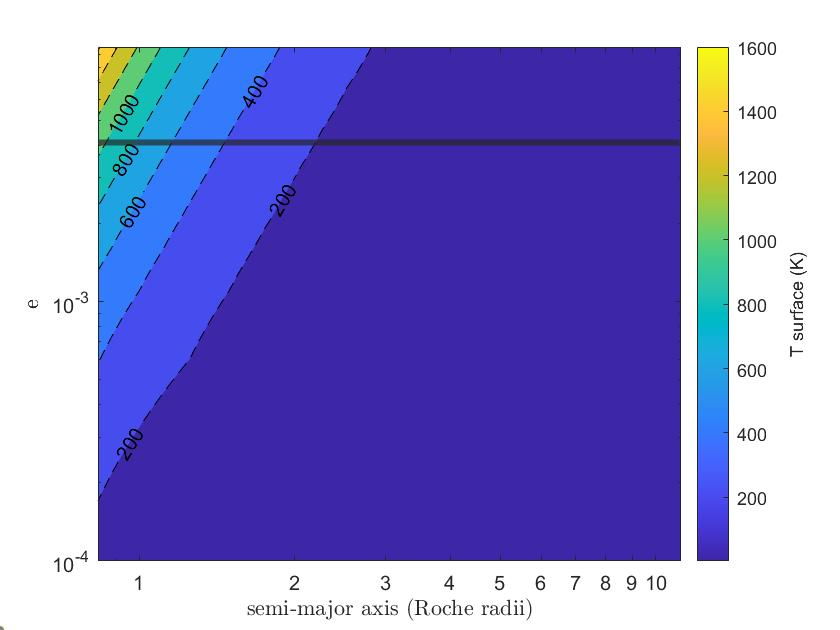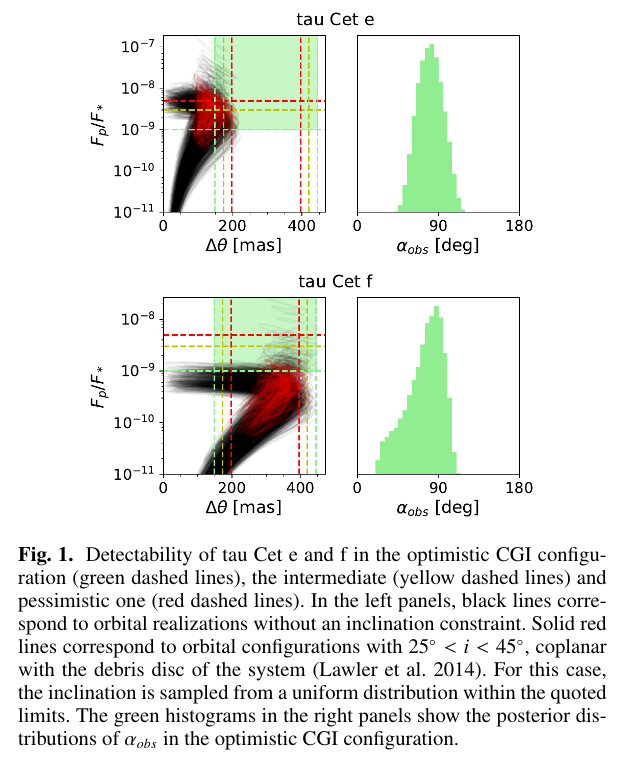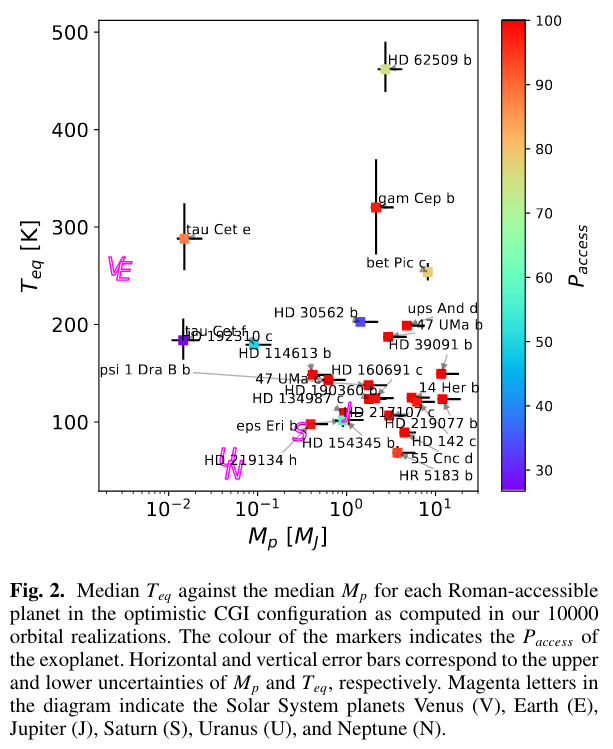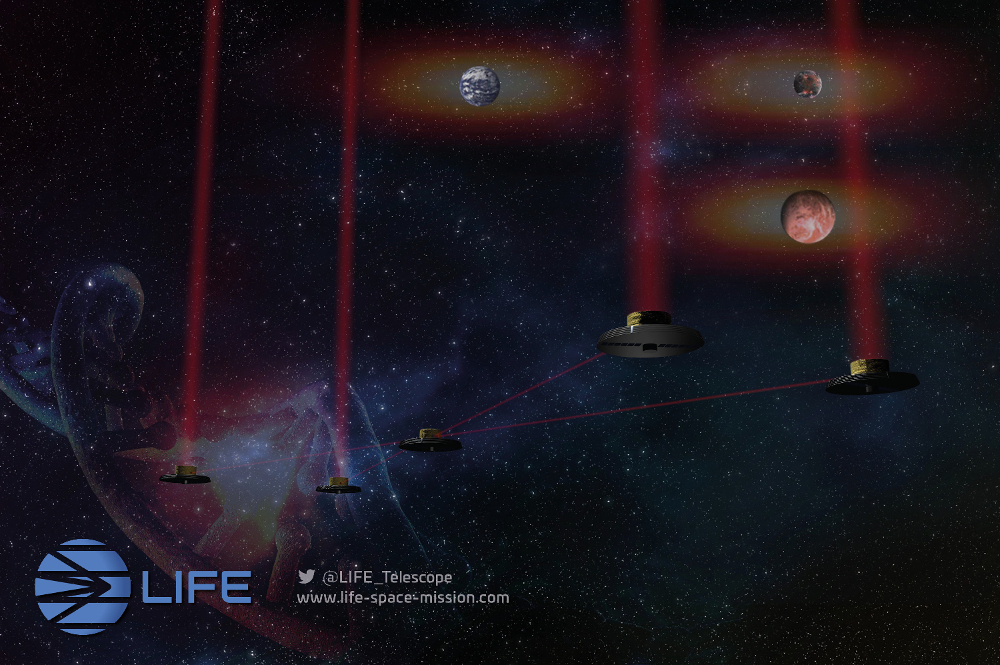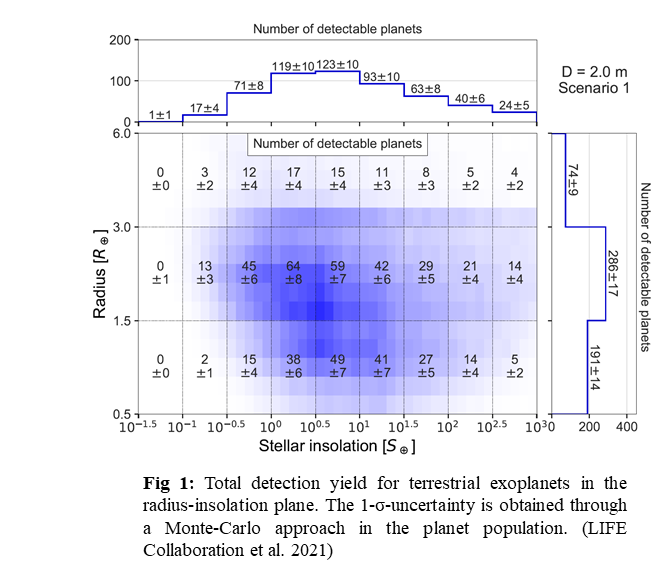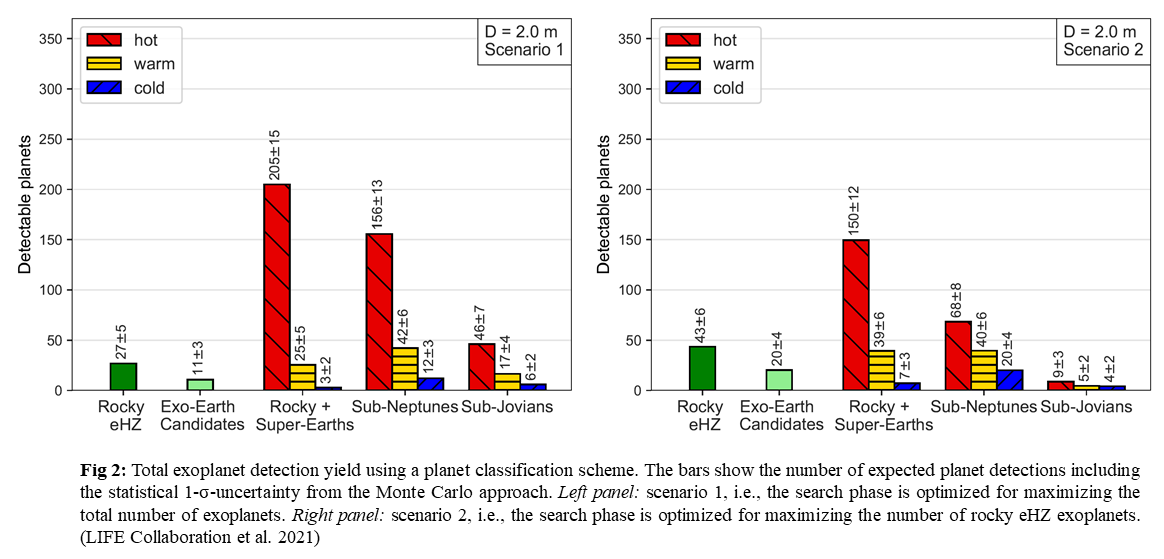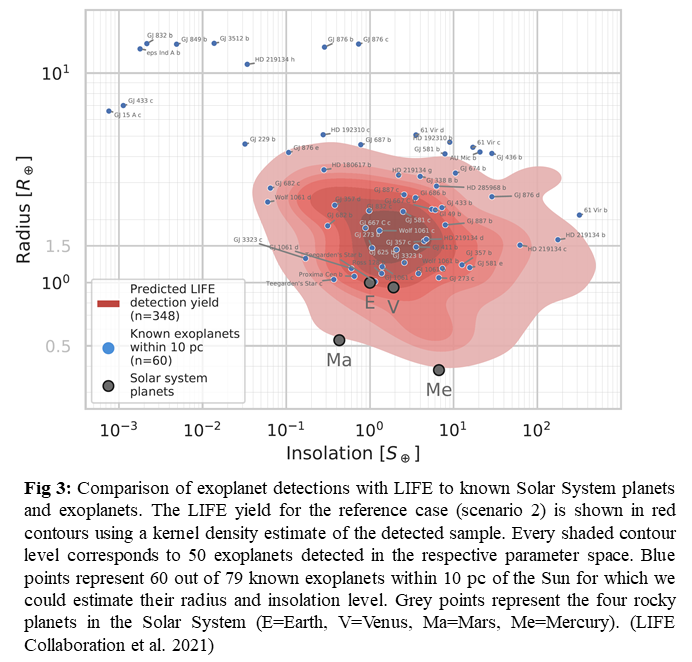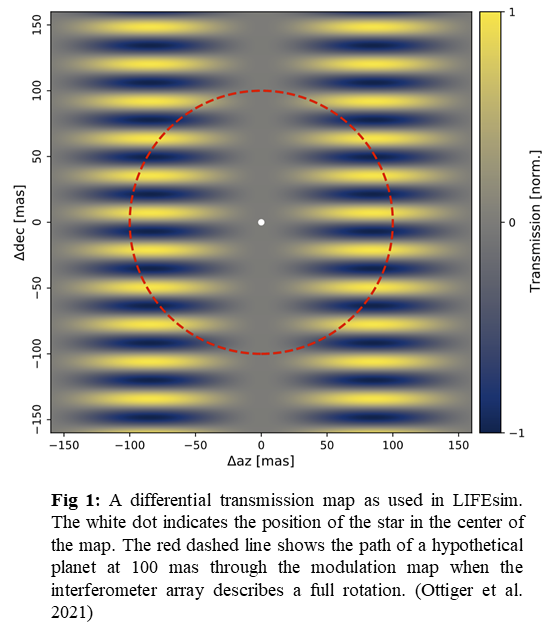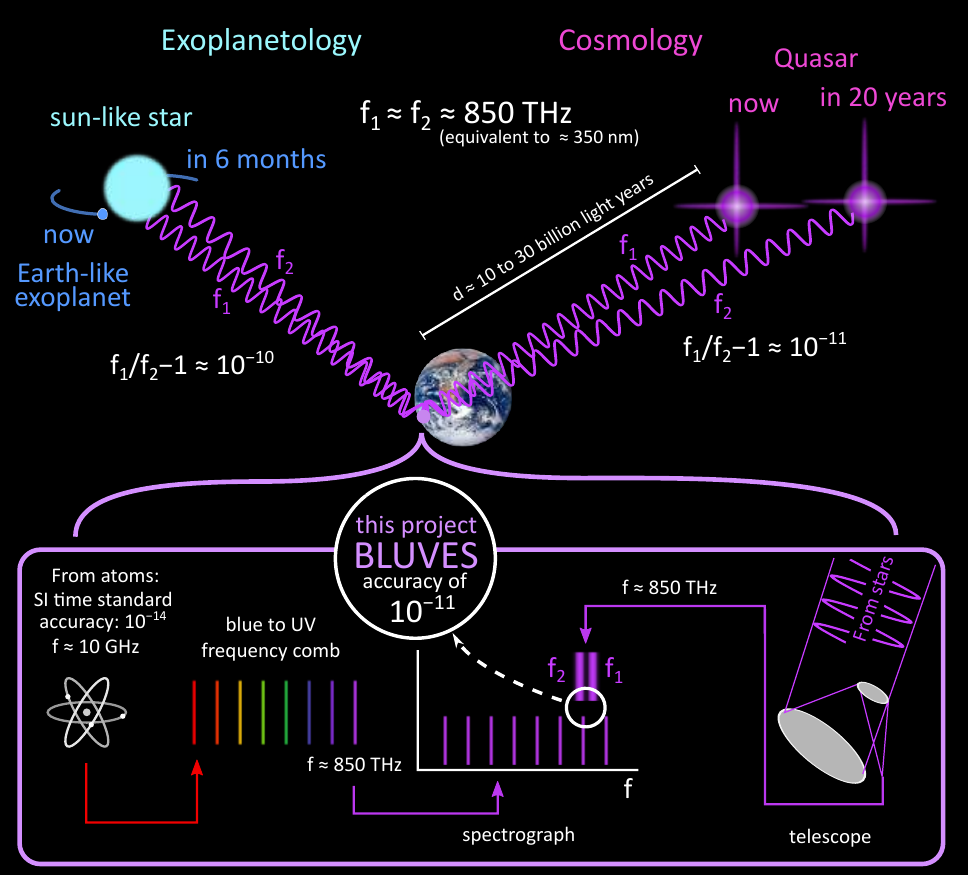Over the last decade, the use of ground-based high-resolution spectrographs has tremendously increased. Such instruments can resolve individual atomic and molecular lines. Therefore, molecular bands observed at low resolution are seen as a forest of millions of lines at high resolution. The advantages of high spectral resolution for atmospheric characterization are multiple. Firstly, it is possible to easily distinguish between different species thanks to their unique spectral fingerprint. Secondly, it is possible to determine the rest frame (e.g., planetary, stellar, Earth) where the lines are formed. The differences in Doppler shifts between planetary, stellar, and telluric lines allow high-resolution observations to achieve robust atmospheric detections. Moreover, as the planetary motion is often known from radial velocity campaigns, it is possible to stack the observed signature in the planet rest frame with high precision. For hot Jupiters, an offset between the expected line positions and the measured line positions can be detected and attributed to wind patterns in the exoplanet atmosphere (e.g., Snellen et al. 2010; Wyttenbach et al. 2015; Brogi et al. 2016; Allart et al. 2018; Ehrenreich et al. 2020). Therefore, high-resolution datasets provide key information on atmospheric dynamics. Finally, as the lines are resolved and well sampled, the line cores probe higher in the atmosphere and they can be used to measure the change of temperature with altitude in the atmosphere (e.g., Wyttenbach et al. 2015; Seidel et al. 2020).
The first keystone in the detection of exoplanet atmospheres at high spectral resolution was done at infrared wavelength using the CRIRES instrument (Snellen et al. 2010). The second keystone was the use of the HARPS spectrograph to detect and resolve the sodium doublet of HD189733b (Wyttenbach et al. 2015). HARPS is a stable fiber-fed visible high-resolution spectrograph installed on the 3.6m ESO telescope at LaSilla. Since 2015, tens of studies using stable high-resolution spectrographs, both at visible and near-infrared wavelengths, installed on medium class telescope revolutionized the exoplanet atmospheric field. Among them, the first detection of metastable helium linking the thermosphere to the exosphere (Allart et al. 2018, Nortmann et al. 2018), of metals exhibiting the peculiar chemistry of ultra-hot Jupiters (Hoejmakers et al. 2018), of condensation at the terminator providing an access to the 3D structure of exoplanets (Ehrenreich 2020) or even the multiple detections of molecules providing a robust understanding of the atmospheric chemistry (Pelletier et al. 2021).
At the end of 2021, the Near-InfraRed Planet Searcher (NIRPS) will join HARPS on the 3.6m ESO telescope at LaSilla. NIRPS is an ultra-stable fiber-fed near-infrared (0.98-1.8 microns) high-resolution spectrograph that can work simultaneously or not to HARPS. The NIRPS consortium was granted by ESO of 720 nights in exchange for the instrument. A third of this time is foreseen to study the exoplanet atmosphere. In this talk, I will describe how we aim at splitting this unparalleled allocation including a transit survey of 100 exoplanets, an emission survey of 40 exoplanets, and in-depth studies of few key systems in transmission.
NIRPS will excel by detecting and retrieving multiple molecules (H2O, CH4, O2, CO) providing crucial information on the presence of clouds, C/O ratio, and thus on the formation of exoplanets. Moreover, NIRPS has access to the helium triplet providing crucial constraints of the dynamic and physical processes at play in the upper atmosphere and even in the exosphere. Finally, NIRPS has the unique opportunity to do all of this simultaneously and is the sole instrument in the southern hemisphere to do it.
The simultaneous observations of HARPS will complement the NIRPS observations by studying the presence of metals in the hottest Jupiter-like exoplanet but also by studying multiple atmospheric tracers such as the Na doublet, the Li, or H-alpha line. Finally, both HARPS and NIRPS will deliver precise radial velocity that can be used to constrain the orbital architecture through the Rossiter McLaughlin effect.
By the end of its guarantee time observations, the NIRPS consortium will be able to draw statistical conclusions that could help explain how exoplanets formed and evolved, why the evaporation desert exists, what are the interactions between stars and planets, what is the composition of exoplanet atmospheres, what are the properties of clouds and hazes and what is the dynamics of exoplanet atmospheres.
References:
Allart, R., Bourrier, V., Lovis, C., et al. 2018, Science, 362, 1384
Brogi, M., de Kok, R. J., Albrecht, S., et al. 2016, The Astrophysical Journal, 817, 106
Ehrenreich, D., Lovis, C., Allart, R., et al. 2020, Nature, 580, 597
Hoeijmakers, H. J., Ehrenreich, D., Heng, K., et al. 2018, Nature, 560, 453
Nortmann, L., Pallé, E., Salz, M., et al. 2018, Science, 362, 1388
Pelletier, S., Benneke, B., Darveau-Bernier, A., et al. 2021 accepted in AJ, arXiv:2105.10513
Seidel, J. V., Ehrenreich, D., Pino, L., et al. 2020b, Astronomy and Astrophysics, 633, A86
Snellen, I. A. G., de Kok, R. J., de Mooij, E. J. W., & Albrecht, S. 2010, Nature, 465, 1049
Wyttenbach, A., Ehrenreich, D., Lovis, C., Udry, S., & Pepe, F. 2015, Astronomy and Astrophysics, 577, A62


